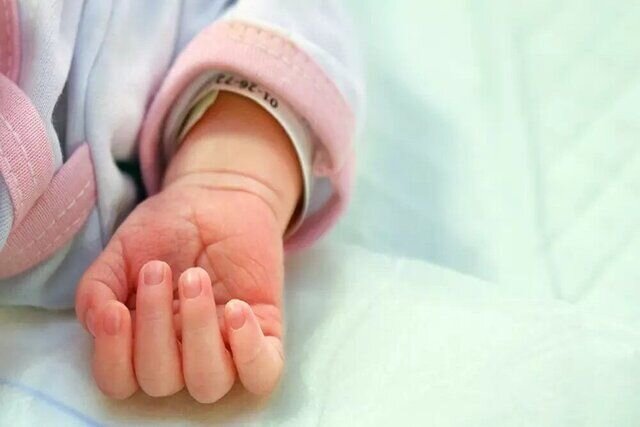Third, fourth, fifth babies on the rise: official

TEHRAN –The number of families with third, fourth, fifth, and more children born in the Iranian year 1402 (March 2023 –March 2024) has increased compared to the previous two years, an official with the Civil Registration Organization has stated.
One effective factor was the provision of numerous incentives. However, in the past two years, the fertility rate revolved around 1.6, and all provinces of the country have experienced a reduction in fertility rate in recent years, ISNA quoted Mohammad-Javad Mahmoudi as saying.
The number of births in the country fell from 1,057,958, in the Iranian year 1394 (2015-2016) to 1,570, 219 in 1402, signifying a 32-percent decline in births. Compared to the year 1401 (2022-2023), the birth rate has experienced a 1.6 percent reduction, the official added.
In the past Iranian year, Tehran province with 131,176 births, and Semnan province with 6,907 births had the highest and lowest number of births, IRNA reported.
Out of registered births, 51.8 percent were boys and 48.2 percent were girls.
According to the Organization, a total of 33,080 multiple births were registered in the country in the first ten months of the past Iranian calendar year that ended on March 20, 2024.
Twins made up the majority of multiples born; 31,320 out of 33,080 registered multiple births were twins, and 1,686 births were triplets, IRNA reported.
Tehran province with 14.7 percent and Semnan province with 0.5 percent had the highest and lowest number of multiple births, respectively.
Last year, out of the registered multiple births in the first nine months, 28,148 were twins, 1,506 were triplets, 64 were quadruplets, and 10 were higher-order multiple births.
Some 34.6 percent of registered births were first-born children; 38.9 percent, 17.6 percent, 5.1 percent, and 2 percent were related to second-born to fifth-born children.
Males outpace females
In the first nine months of the past Iranian calendar year, more boys than girls were born. Over 51.8 percent of babies born were boys and 48.2 percent were girls.
The ratio of male to female births in this period was 107.6 which shows a 0.6% growth compared to the same period last year (107), ISNA reported.
The ‘natural’ sex ratio at birth is around 103 to 107. This ratio gradually decreases in the following years due to the high death rate of the males. Around 20-25 years of age, this ratio is balanced and reaches 100.
The crude birth rate in the country for 9 months was equal to 8.12 per thousand population.
Also, Sistan–Baluchestan province and Gilan province with 9.27 per thousand population and 7.7 per thousand population had the highest and lowest crude birth rates.
Fertility rate should reach 2.5
In November 2023, an official with the Ministry of Health said that the total fertility rate should reach 2.5 from 1.66 before the closure of the demographic window in the next five years.
"The country is on the threshold of aging; to tackle this crisis, we must promote childbearing and youth population,” IRNA quoted Saber Jabbari as saying.
Over the last 30 years, the total fertility rate of the country has declined, but in the Iranian calendar year 1401 (March 2022–March 2023), the downward trend in fertility came to a halt, he added.
“Carrying out programs that are focusing on the youth population at the national level is a strategy to increase the total fertility rate,” Jabbari stressed.
Stating that the country’s fertility rate rose from 1.65 in the year 1400 (March 2021 – March 2022) to 1.66 in 1401 (March 2022 – March 2023), the official noted, “According to the general policies of the Seventh National Development Plan (2023 – 2027), the replacement rate is 2.5 which is to be achieved in the next five years before the closure of the demographic window.”
Talking about modern methods of infertility treatment, he said all modern methods of infertility treatment are offered in the country.
In May 2023, Jabbari said that the number of families with four children or more has increased by 15 percent in the country.
He added that families with three children have also increased by 2.5 percent, IRNA reported.
